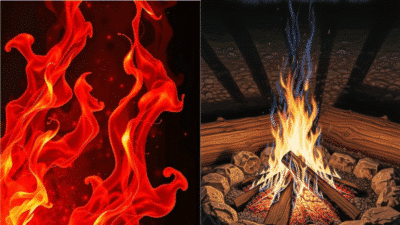Are you feeling overwhelmed by the daily grind? Does stress cling to you like a stubborn shadow, making it hard to relax and find your calm? It’s time to discover a joyful, accessible, and incredibly effective antidote: drawing! Forget notions of artistic talent or perfect masterpieces. This isn’t about creating gallery-worthy art; it’s about harnessing the power of creative expression to soothe your soul, quiet your mind, and infuse your life with a much-needed dose of joy. Get ready to unleash your inner artist and embark on a delightful journey of self-discovery and ultimate stress relief!
Why Drawing is a Powerful Stress Reliever
The magic of drawing for stress relief lies in its unique ability to engage multiple parts of your brain in a mindful, non-judgmental way. When you pick up a pencil or a brush, you’re not just moving your hand; you’re activating a profound process that offers a wealth of therapeutic benefits.
Mindfulness and Focus
In our fast-paced world, our minds often jump from one thought to another, creating a constant buzz of worry and distraction. Drawing acts as a powerful anchor, grounding you in the present moment. As you focus on lines, shapes, colors, and textures, your brain shifts away from anxieties about the past or future. This concentrated attention mimics meditation, allowing you to enter a state of flow where time seems to disappear. A study published in the Journal of the American Art Therapy Association highlighted how even 45 minutes of creative activity significantly lowered cortisol levels (the stress hormone) regardless of prior artistic experience. It’s all about the process, not the product!
Emotional Expression Without Words
Sometimes, our emotions are too complex, too raw, or too subtle to articulate with words. Drawing offers a non-verbal outlet, a visual language for your inner world. You can express frustration with sharp, jagged lines, or capture serenity with soft, flowing curves. There’s no right or wrong way to draw your feelings, and this freedom can be incredibly liberating. It’s a safe space to acknowledge and process emotions, leading to a profound sense of release and understanding.
Dopamine Release and Mood Enhancement
Engaging in a creative activity like drawing can trigger the release of dopamine, often referred to as the “feel-good” neurotransmitter. This chemical messenger is associated with pleasure, motivation, and reward. As you make progress on a drawing, even a small one, or simply enjoy the tactile sensation of creating, your brain rewards you, boosting your mood and fostering a sense of accomplishment. This positive feedback loop encourages you to keep creating, making it a sustainable source of happiness.
Improved Cognitive Function and Problem-Solving
While stress relief is the primary goal, drawing also offers remarkable cognitive benefits. It enhances fine motor skills, improves hand-eye coordination, and can even sharpen your observation skills. When faced with a blank page, you’re engaging in a form of visual problem-solving – deciding where to place elements, how to combine colors, or how to represent a form. This gentle mental workout helps keep your brain agile and adaptable, which indirectly contributes to better stress management in other areas of your life. It’s like a gym for your mind, but much more colorful!
Getting Started: Your Essential Drawing Toolkit (No Fancy Gear Needed!)
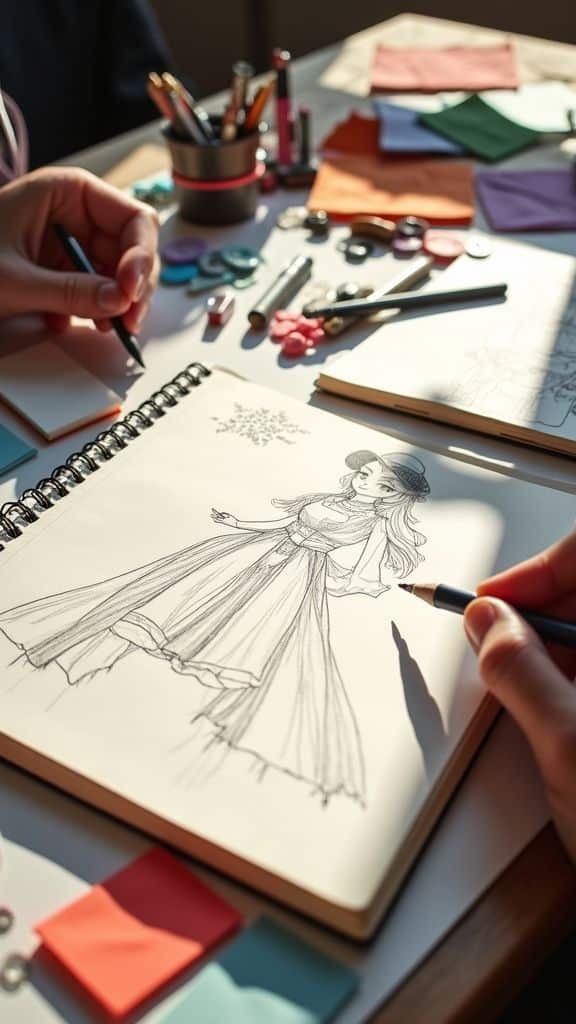
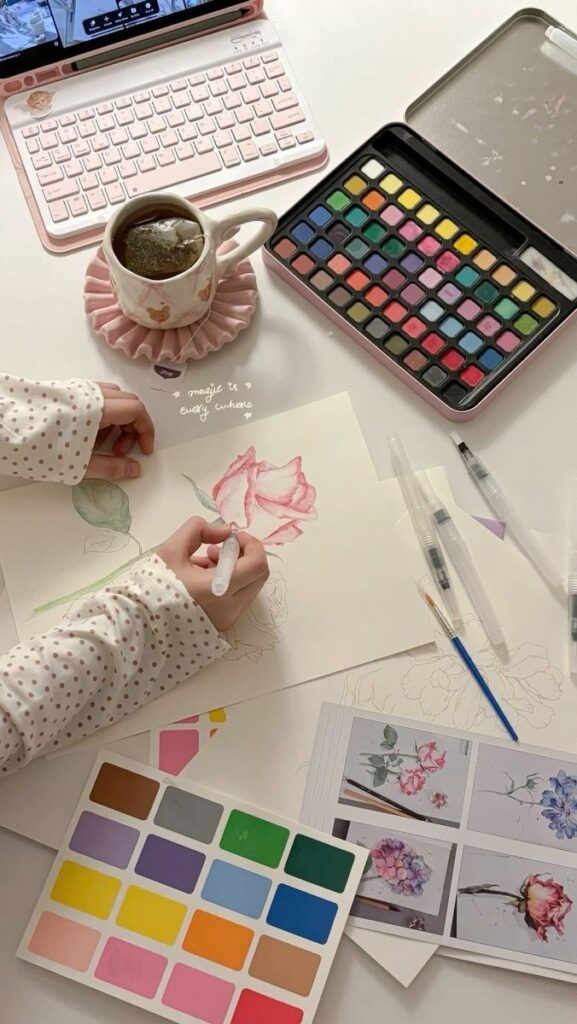
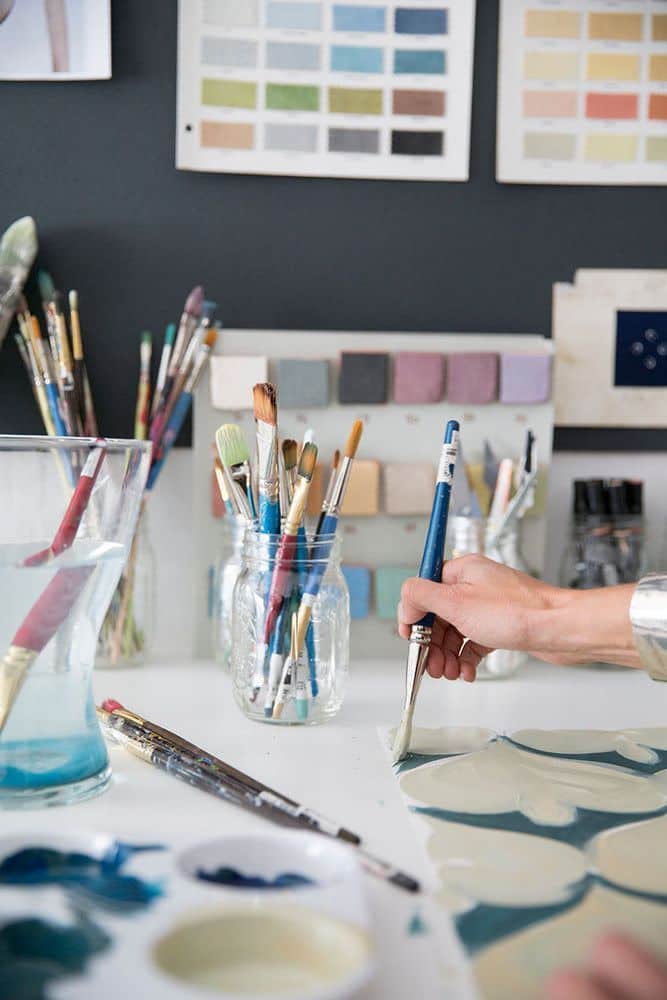
One of the most liberating aspects of drawing for stress relief is that you don’t need a studio full of expensive supplies. The barrier to entry is incredibly low, making it accessible to absolutely everyone.
Basic Supplies: The Foundation of Fun
All you truly need to begin your artistic journey is a few simple items:
- Paper: Any paper will do! Printer paper, a notebook, an old envelope – don’t overthink it. As you progress, you might enjoy a sketchbook with slightly thicker paper, but for now, just grab what’s handy.
- Pencils: A simple graphite pencil (HB, 2B, or 4B are good all-rounders) is perfect. You can create a surprising range of tones and textures with just one pencil.
- Pens: Ballpoint pens, gel pens, or felt-tip pens add a different dimension. They encourage bolder lines and can be incredibly satisfying to use.
- Eraser: Don’t fear the eraser! It’s not a sign of failure but a tool for exploration and adjustment. A kneaded eraser can be especially fun for lifting graphite without smudging.
Optional Upgrades: Enhancing Your Experience
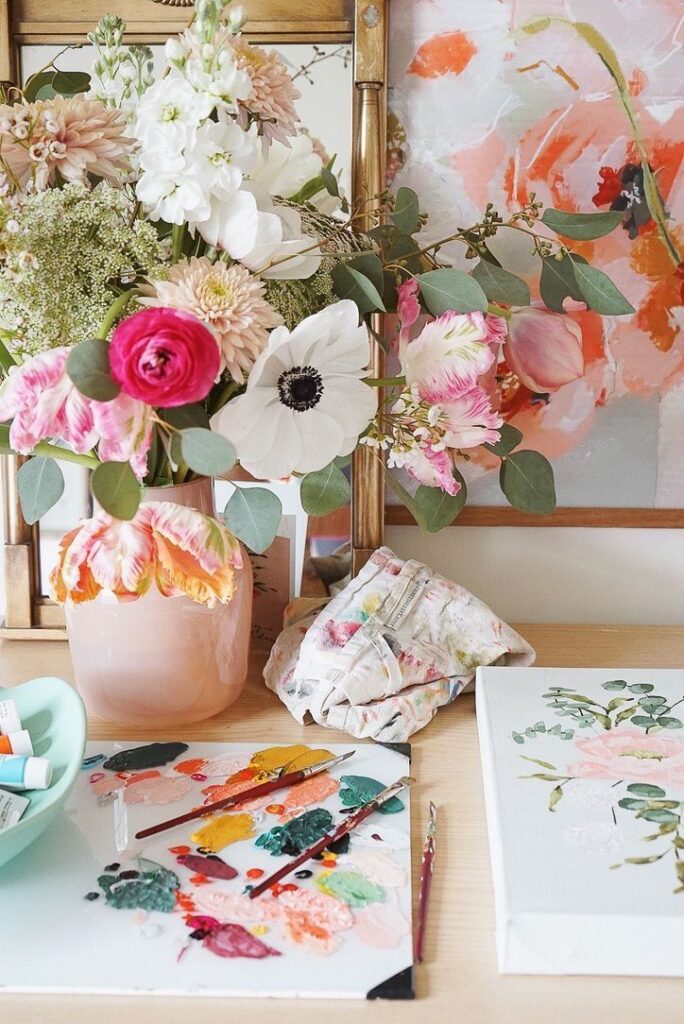
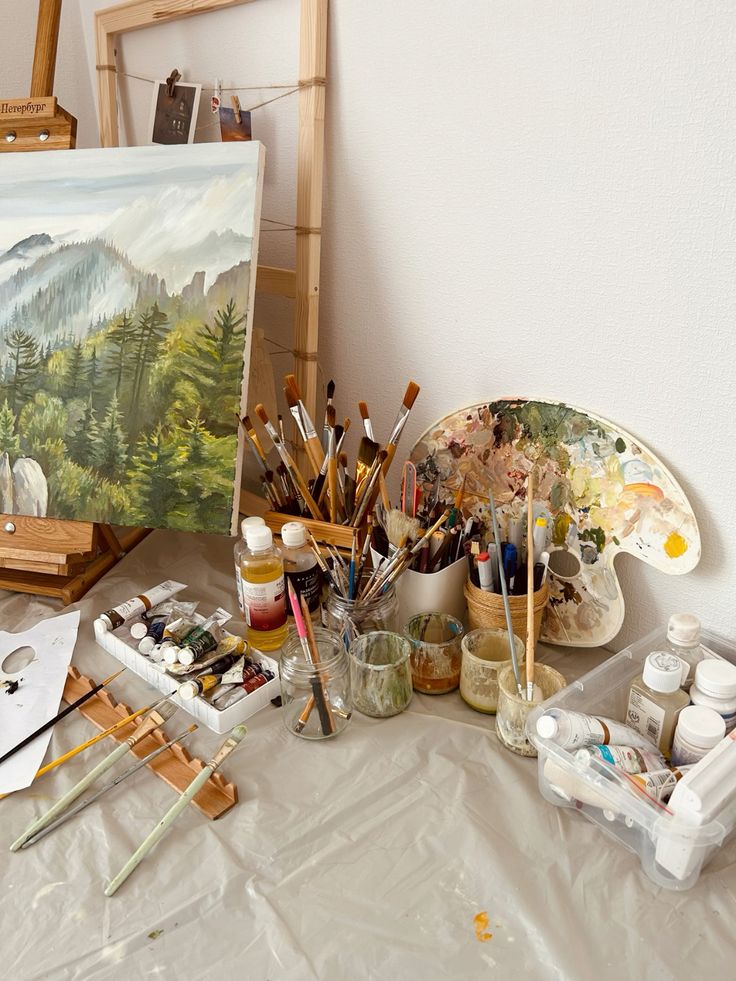
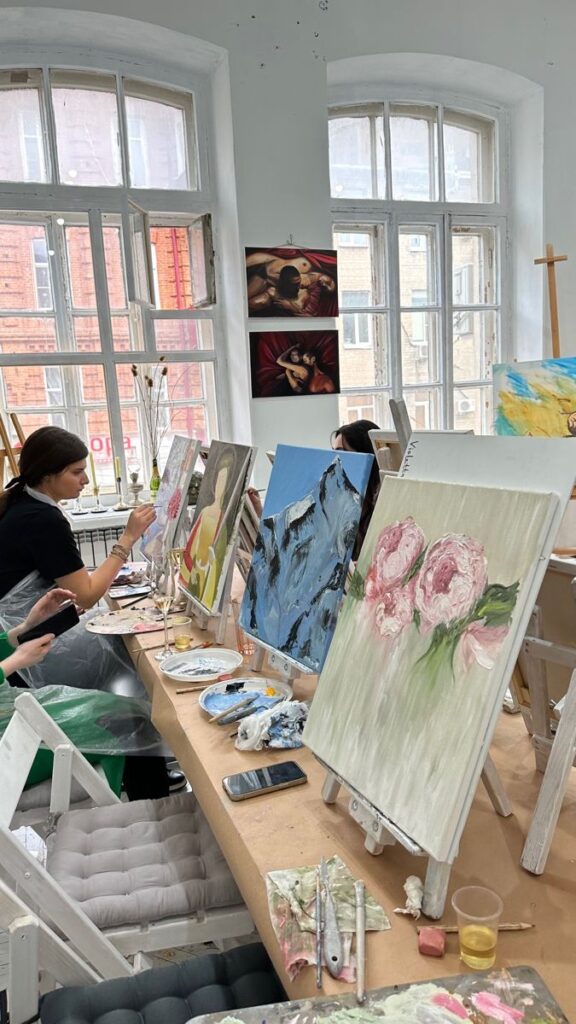
Once you’ve dipped your toe in and feel the creative current, you might want to explore some additional tools:
- Colored Pencils or Crayons: These are fantastic for adding vibrant hues and exploring color theory without the mess of paints.
- Markers: From fine-liners to broad-tip markers, they offer intense color and smooth coverage.
- Sketchbooks: A dedicated sketchbook can become a visual diary, a collection of your stress-relieving sessions. It’s wonderful to look back and see your progress.
- Digital Tablets: For those who love technology, a digital drawing tablet paired with software like Procreate offers endless possibilities. These can be fantastic for experimentation without material waste. If you’re considering this route, checking out some drawing tablet recommendations could help you find the perfect device to unleash your digital creativity.
Creating a Conducive Space
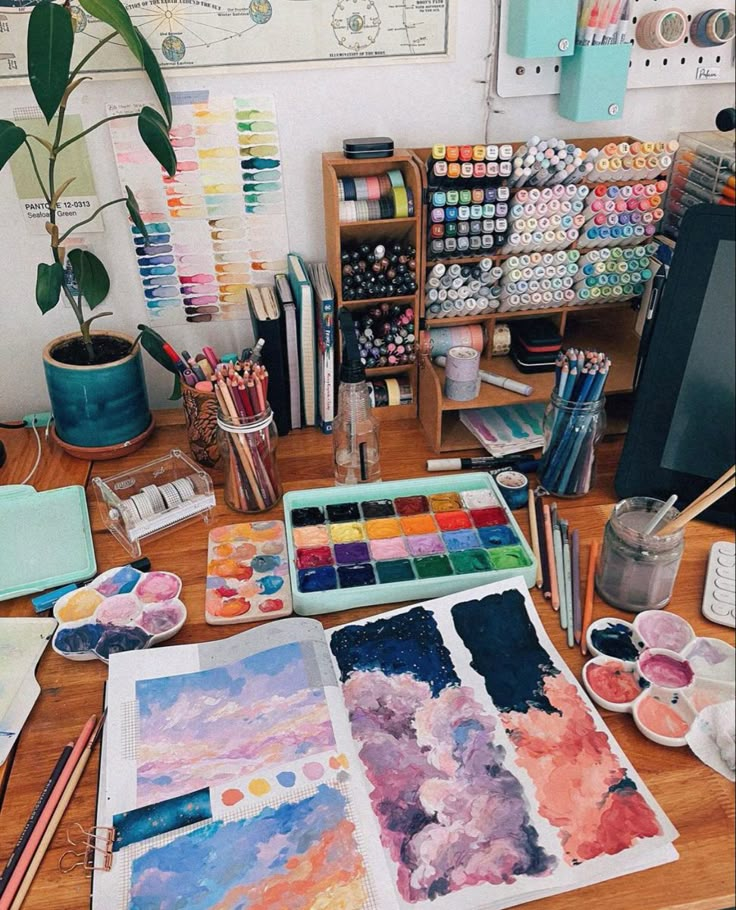
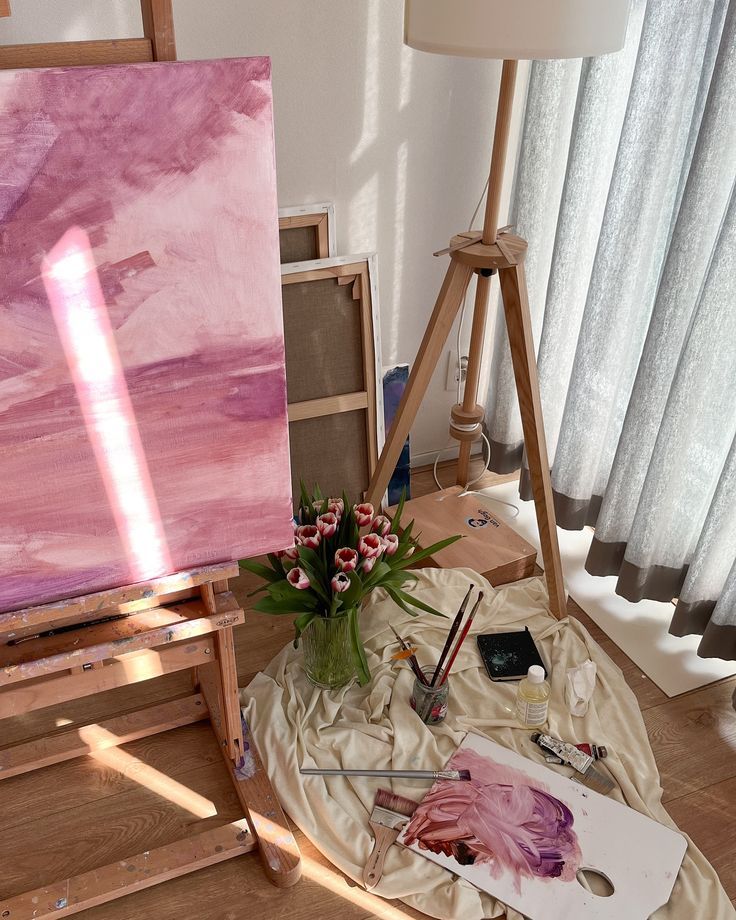
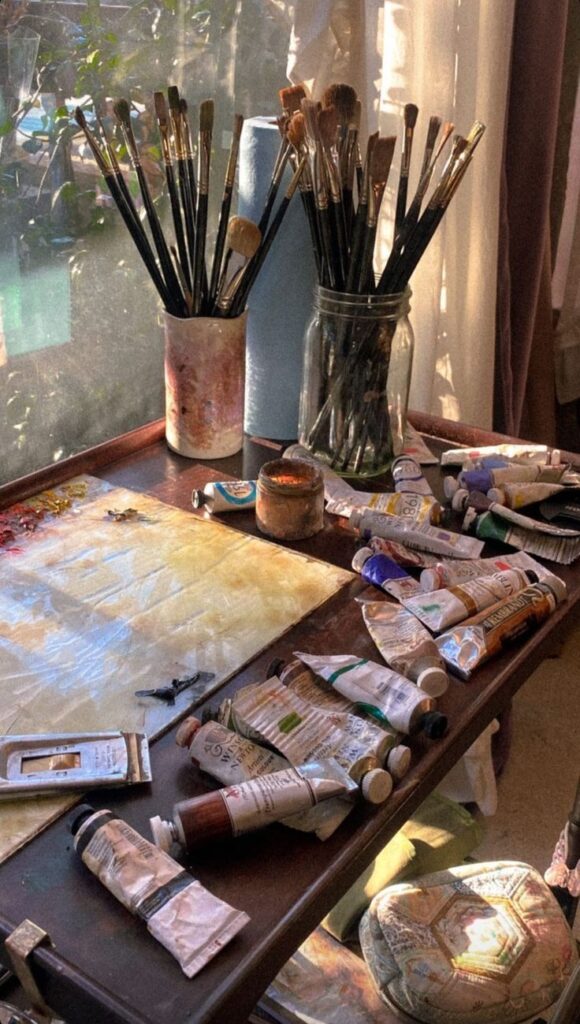
While you can draw anywhere, having a designated “creation station” can make a world of difference. It doesn’t have to be a grand art studio. A clear corner of your kitchen table, a cozy spot on the couch, or even a picnic blanket in your backyard can work wonders. The key is to:
- Declutter: Remove distractions. A clean space often leads to a clear mind.
- Good Lighting: Natural light is ideal, but a good desk lamp will suffice. Eyestrain is not conducive to relaxation!
- Comfort: Ensure you have a comfortable chair or seating position.
- Music or Silence: Choose what helps you focus. Some people thrive with calming instrumental music, while others prefer complete silence to concentrate.
The goal is to create an environment where you feel relaxed and inspired, ready to dive into the world of lines and colors without any pressure.
Fun and Accessible Drawing Ideas for Instant Calm
Now for the exciting part! Here are a plethora of drawing ideas designed to wash away stress, boost your mood, and ignite your imagination. Remember, there’s no right or wrong way to do any of these. Just let your hand lead the way.
Doodling Your Way to Zen
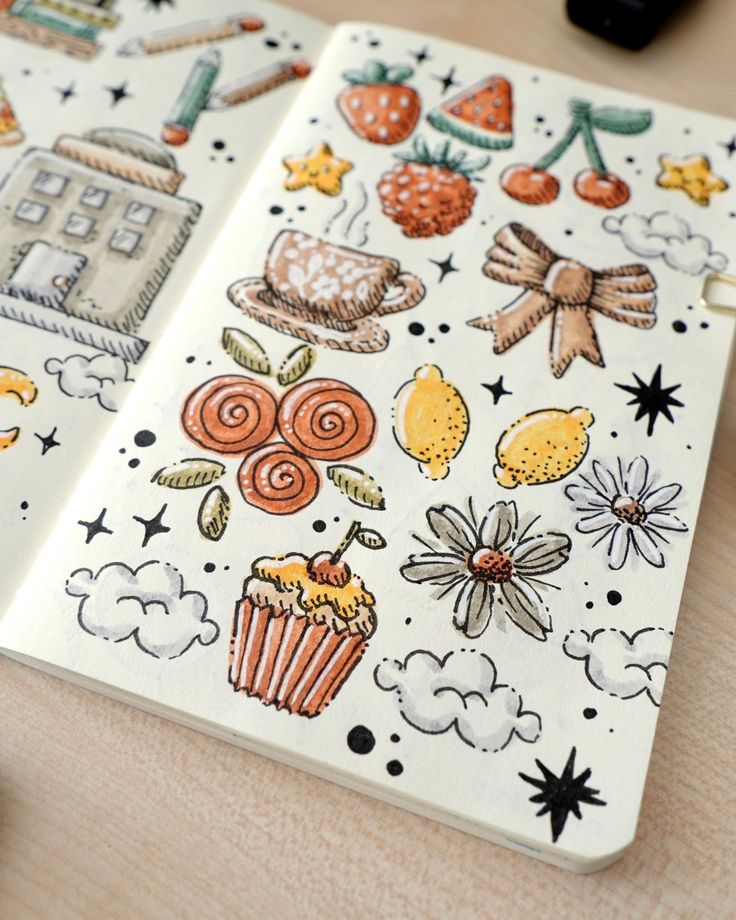
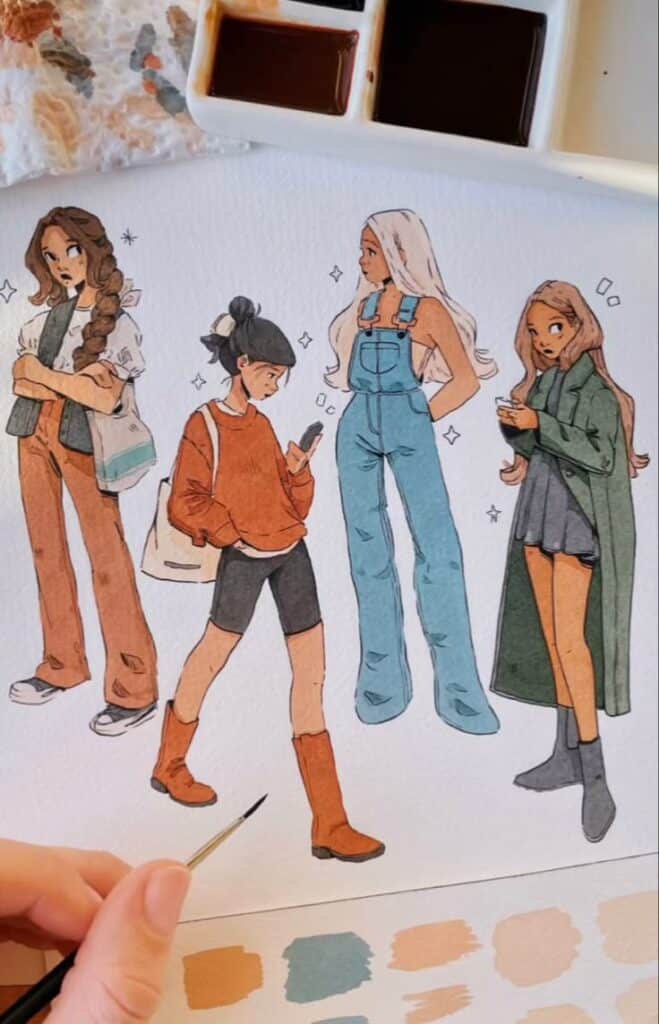
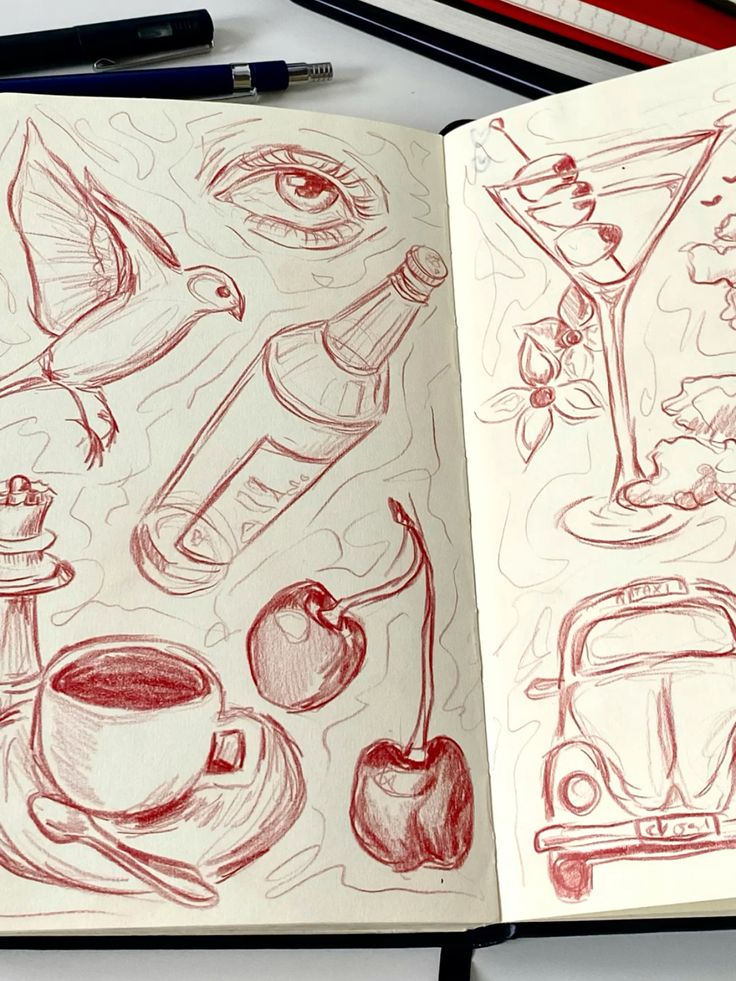
Doodling is perhaps the simplest and most overlooked form of therapeutic drawing. It requires no planning, no specific subject, and zero artistic skill.
- Abstract Shapes and Lines: Start by making random marks on the page. Swirls, zigzags, dots, wavy lines – let your pen wander. Fill the page without a goal. Observe how the lines interact. This is pure, unadulterated creative release.
- Zentangle-Inspired Patterns: Zentangle is a method of drawing structured patterns, often repeated within a confined space. It’s incredibly meditative. You can find simple Zentangle tutorials online that guide you through creating beautiful, intricate designs with just a few basic strokes. The repetition is profoundly calming.
- Mindless Scribbles and Shading: Just scribble! Really let go. Then, try shading different areas, making some darker, some lighter. See what shapes or forms emerge from the chaos. This is excellent for releasing pent-up energy.
Nature’s Embrace: Drawing Inspiration from the Outdoors

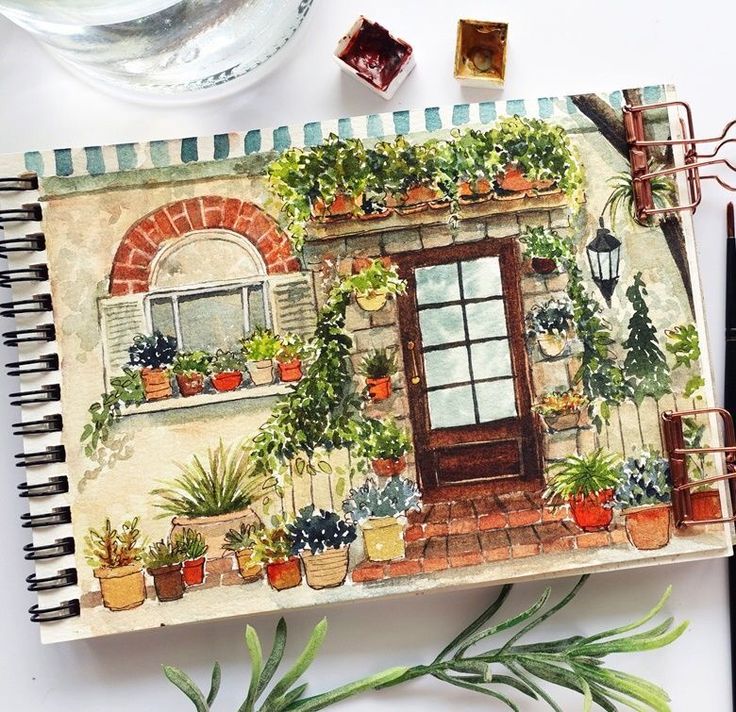
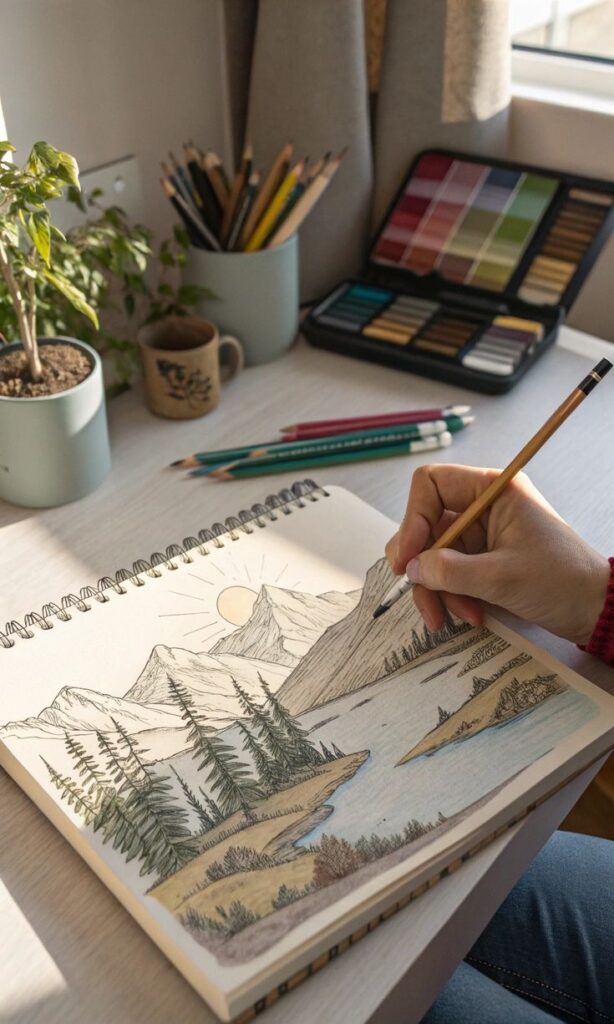
Nature is an endless source of beauty and tranquility. Bringing elements of the natural world onto your page can be incredibly grounding.
- Leaves, Flowers, and Trees: Look out your window or find a photo online. Focus on the intricate veins of a leaf, the delicate petals of a flower, or the gnarled bark of a tree. Don’t worry about perfect realism; just capture the essence. Drawing a simple leaf can be surprisingly complex and absorbing.
- Animals: Animals offer fantastic opportunities for expressive drawing. Start with basic shapes, then add details. You could try sketching a majestic creature like a lion, focusing on its powerful form and flowing mane. For instance, exploring lion tattoos for men can even provide unique stylistic inspiration for drawing powerful animals, offering a blend of realism and artistic interpretation.
- Landscapes, Sky, and Clouds: Simple landscapes, even just a horizon line with a sun or moon, can evoke a sense of peace. Clouds are wonderful subjects because they are constantly changing and have no fixed form, making them perfect for free-form drawing. Experiment with different textures and light.
Fantastical Worlds: Unleashing Imagination
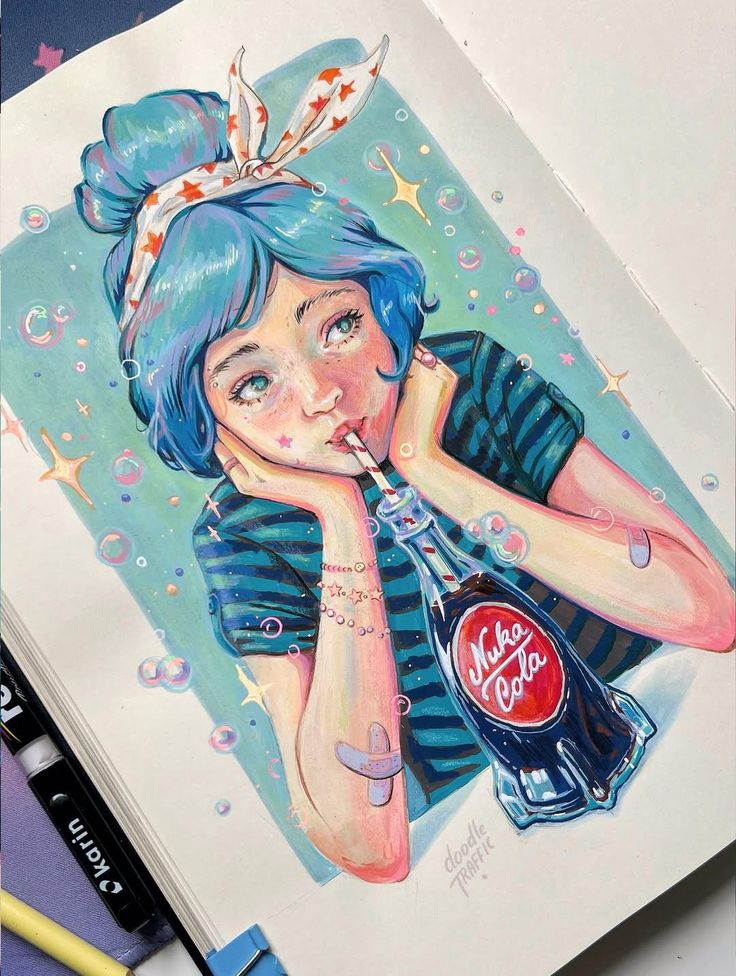
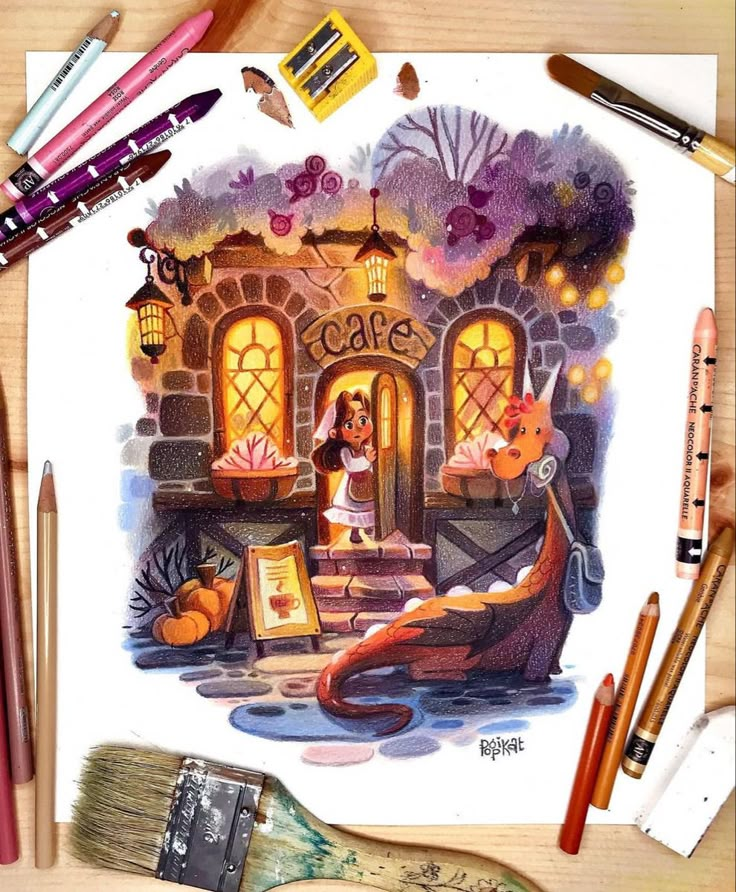
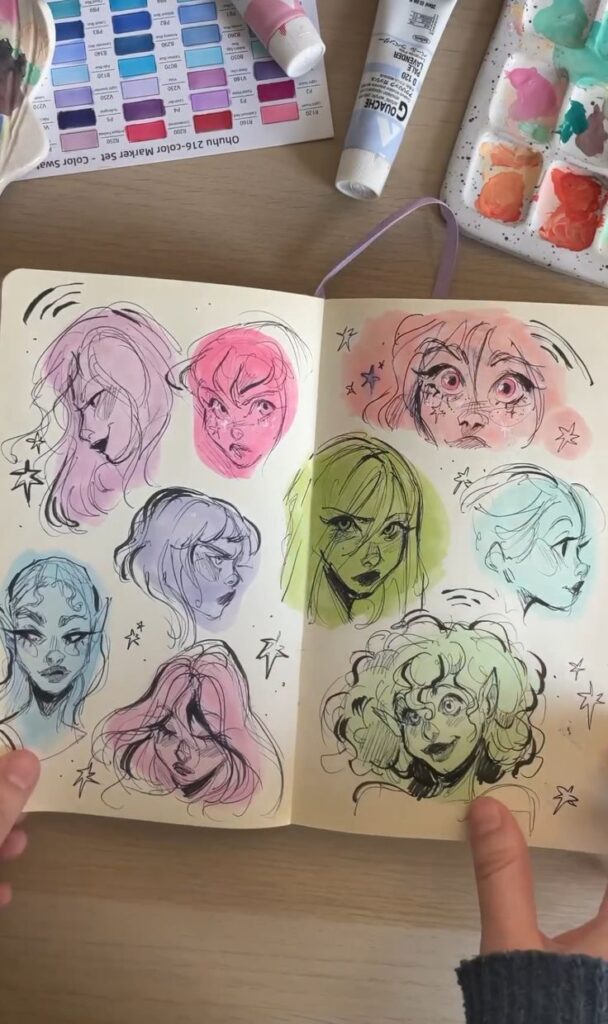
Sometimes, the best way to escape stress is to escape reality entirely! Let your imagination run wild.
- Monsters and Mythical Creatures: Invent your own monster! Give it horns, scales, wings, or multiple eyes. Or draw a classic dragon, unicorn, or fairy. This is a chance to play and be silly, which is a fantastic stress-buster.
- Dreamscapes and Abstract Concepts: Try to draw a dream you remember, or an abstract concept like “peace,” “joy,” or “chaos.” How would you represent these feelings visually? Let colors and shapes tell the story.
- Sci-Fi/Fantasy Elements: Sketch a futuristic city, a spaceship, an alien plant, or a magical artifact. These subjects invite intricate detail and allow for complete creative freedom.
Everyday Objects: Finding Beauty in the Mundane
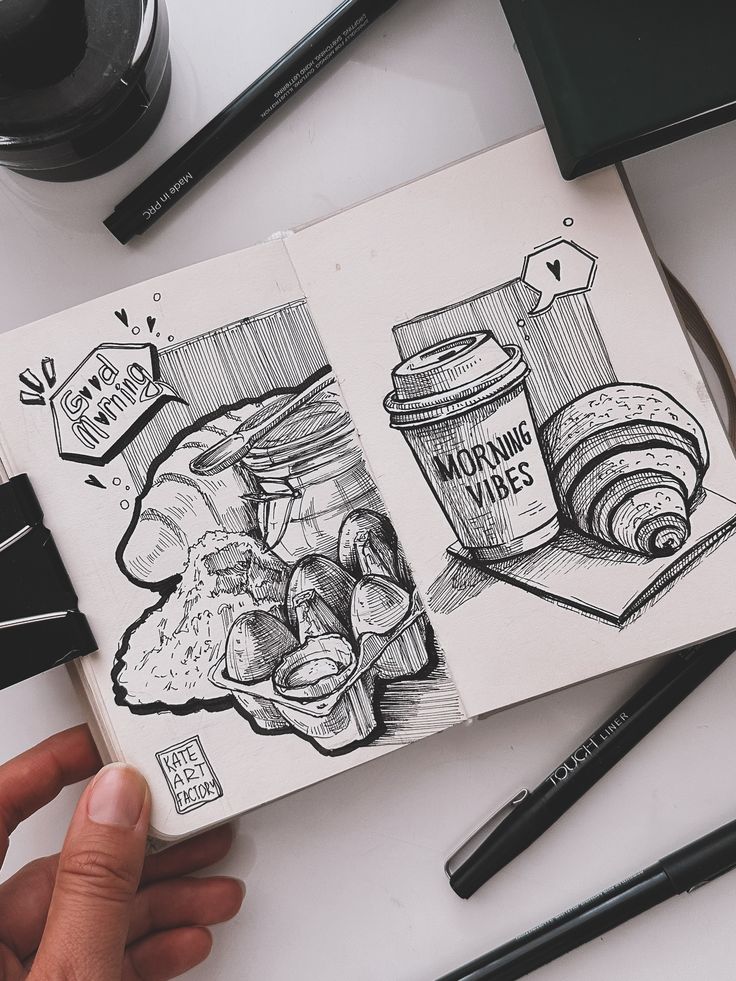
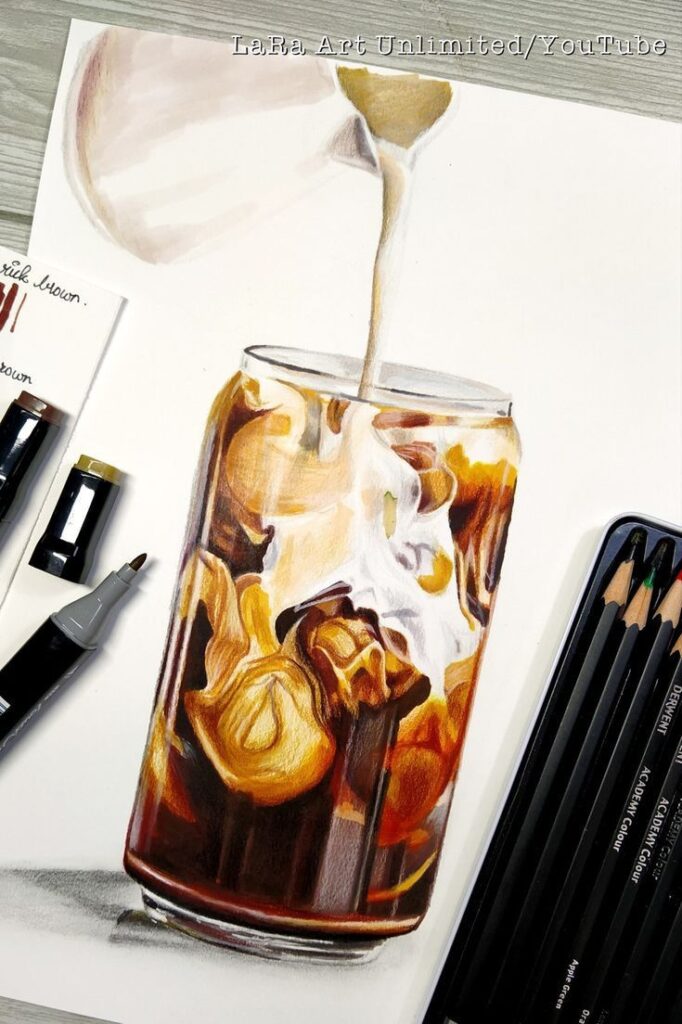

You don’t need exotic subjects to find inspiration. The world around you is full of interesting forms.
- Still Life (Fruits, Cups, Shoes): Grab a piece of fruit, a coffee mug, or your favorite pair of shoes. Arrange them simply and draw what you see. Focus on the contours, the shadows, and the way light hits the surfaces. This practice hones your observation skills and can be surprisingly meditative.
- Household Items: Your keys, a book, a plant pot – all these can become compelling subjects. The familiarity can make them easier to draw without judgment, allowing you to focus on the act of drawing itself.
- Familiar Scenes: Draw the view from your window, your messy desk, or a corner of your living room. Capturing these personal spaces can be very comforting.
Character Creation: Bringing Personalities to Life
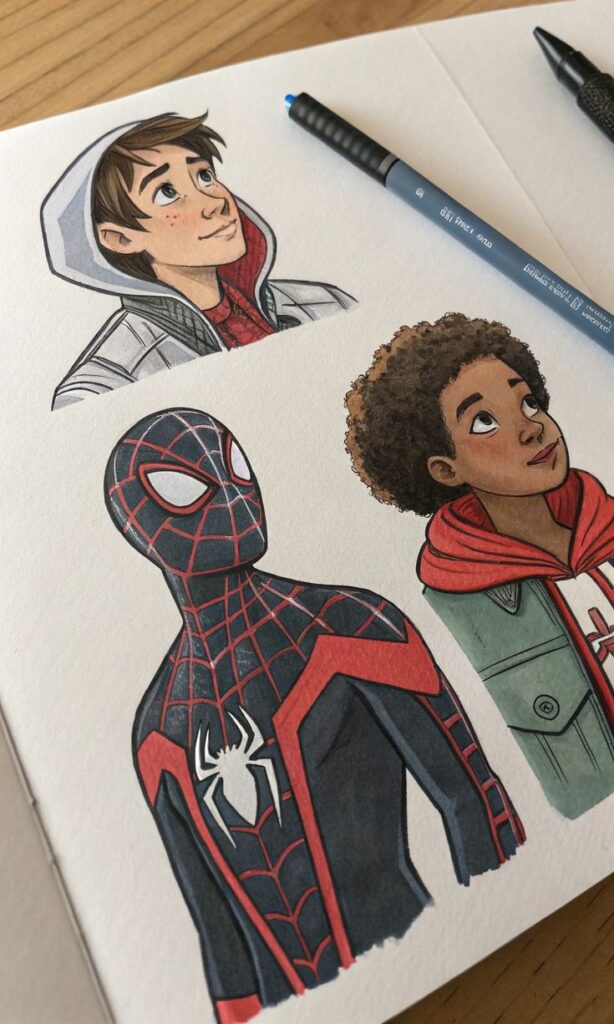
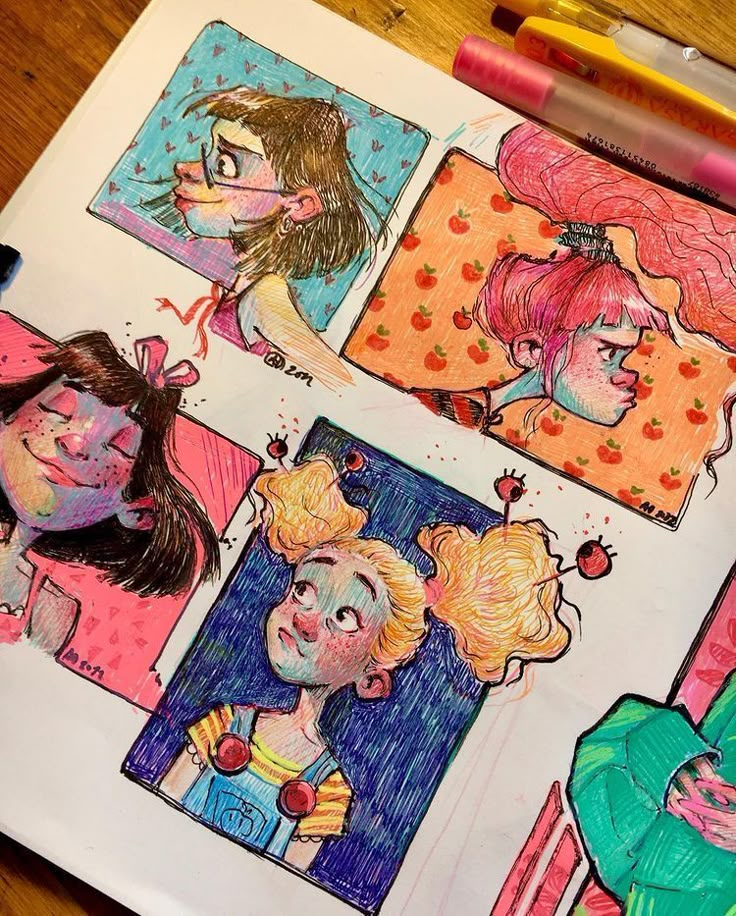
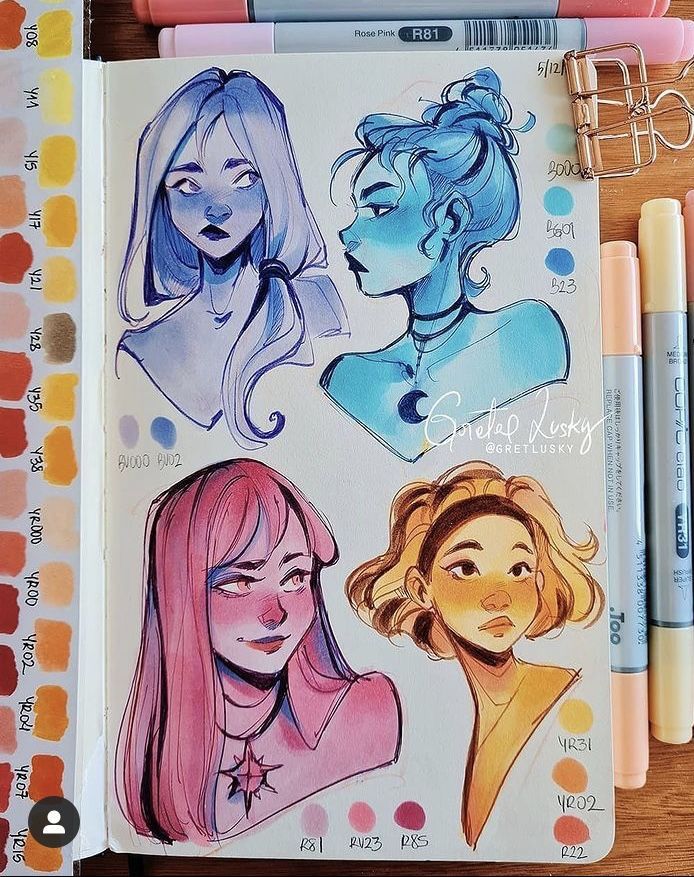
Drawing figures and characters can be incredibly expressive and a fantastic way to tell a story or explore emotions.
- Simple Stick Figures to Complex Characters: Start with basic stick figures conveying emotions or actions. Gradually, you can build them up with simple shapes to create more substantial characters. You don’t need to be a master anatomist!
- Emotions and Expressions: Experiment with drawing faces showing different emotions – happiness, surprise, sadness, anger. Focus on how eyebrows, eyes, and mouths change.
- Drawing Inspiration from Poses: If you want to draw dynamic figures, looking at references can be incredibly helpful. Websites and books offer numerous examples. Learning about drawing base poses can give you a solid foundation for sketching characters in various actions and perspectives, making the process less intimidating and more enjoyable. You might even find tutorials on specific features, like how to draw lips, to add more detail and realism.
Abstract Explorations: No Rules, Just Flow
Sometimes, the most stress-relieving art is the kind with no agenda, no recognizable subject, and absolutely no rules.
- Color Blending Exercises: If you have colored pencils, pastels, or paints, simply play with blending colors. See how they transition from one hue to another. This is pure sensory enjoyment.
- Intuitive Mark-Making: Close your eyes, let your hand move across the page, making marks, lines, and shapes. Then open your eyes and see what you’ve created. You might even use your non-dominant hand for an extra layer of freedom and unexpected results.
- Minimalist Watercolor: The delicate nature of watercolor lends itself beautifully to abstract and calming art. Try creating soft washes of color, letting the pigments flow and blend naturally. Techniques like minimalist watercolor focus on simplicity and subtle beauty, perfect for a peaceful drawing session.
Journaling with Art: Visual Diaries
Combine the therapeutic benefits of journaling with the expressive power of art.
- Combine Text and Drawings: Jot down a thought or a feeling, then draw something that represents it. This could be abstract or a simple sketch. There’s no pressure for the drawing to illustrate the text literally.
- Express Feelings Visually: Instead of writing “I feel overwhelmed,” draw a tangle of lines, a heavy cloud, or a distorted face. Let the visual take the lead.
- Junk Journal Ideas: For those who love mixed media, junk journal ideas can be a fantastic way to combine drawing with collage, found objects, and personal reflections, creating a richly textured and highly personal stress-relief tool. It’s an incredibly tactile and engaging process.
Tips for a Stress-Free Drawing Experience
To maximize the stress-relieving benefits, it’s crucial to approach drawing with the right mindset.
- Embrace Imperfection: This is perhaps the most important tip. Your goal isn’t perfection; it’s participation. Wobbly lines, disproportionate figures, and unexpected smudges are all part of the unique charm of your work. Let go of the need for things to look “right.”
- Focus on the Process, Not the Outcome: The true magic happens while your hand is moving, your mind is engaged, and your worries recede. Don’t evaluate your drawing until you’re done – or better yet, don’t evaluate it at all! Just enjoy the journey.
- Set Aside Dedicated Time: Even 10-15 minutes a day can make a huge difference. Treat it like a mini-meditation session. Schedule it if you need to, but keep it flexible and fun.
- Experiment with Different Mediums: Don’t limit yourself to just one type of pen or pencil. Try charcoal, pastels, markers, or even crayons. Each medium offers a different sensory experience and can unlock new creative pathways.
- No Pressure, No Judgment: This is your personal space for expression. There are no critics, no grades, and no expectations. Silence your inner critic and allow yourself to simply create.
- Listen to Calming Music or Nature Sounds: Enhance your drawing experience by creating a soothing soundscape. Instrumental music, ambient sounds, or the sounds of nature can help you relax further and deepen your focus.
Conclusion
You don’t need to be a Picasso or a Frida Kahlo to experience the profound benefits of drawing for stress relief. All you need is a willingness to pick up a simple tool and let your hand move. The blank page isn’t intimidating; it’s an invitation, a boundless canvas for your emotions, your imagination, and your journey to inner calm.
So, go ahead! Grab a pencil, find a quiet moment, and start making your mark. Scribble, doodle, sketch, or color – there are no rules, only boundless possibilities for fun and relaxation. Unleash your inner artist, one joyful line at a time, and discover the incredible peace that comes from creative expression. Your journey to ultimate stress relief is just a stroke away. What wonderful, whimsical, or wonderfully messy thing will you draw first? The page is waiting!
- 5.1Kshares
- Facebook0
- Pinterest5.1K
- Twitter0
